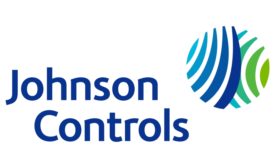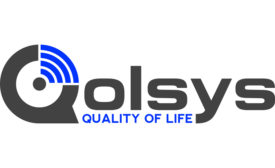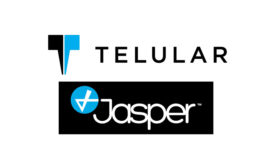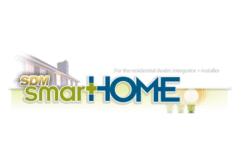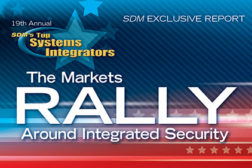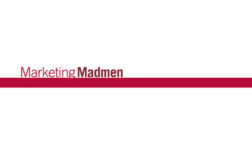Home » Keywords: » security market
Items Tagged with 'security market'
ARTICLES
State of the Market: Fire Alarms 2016
In a market that is historically a code-driven ‘have-to’ purchase, small changes can have big impacts; and 2015 saw the continuing of that trend, with strong performance and a very positive outlook for 2016.
June 1, 2016
State of the Market: Access Control 2016
It was a very good year for access control, with most reporting double-digit growth. But market forces for change are definitely in the wind, such as unification, big data, cybersecurity and so much more.
April 1, 2016
SDM's 2014 Top Systems Integrators Report
While challenges persist, great improvement was seen between 2012 and 2013, and it continues into 2014.
July 15, 2014
How to Use an Emotional Connection for Brand Recall
What do Nike, TOMS shoes and Starbucks have in common?
June 9, 2014
Be in the forefront of security intelligence when you receive SDM.
Join over 10,000+ professionals when you subscribe today.
SIGN UP TODAY!Copyright ©2025. All Rights Reserved BNP Media.
Design, CMS, Hosting & Web Development :: ePublishing
